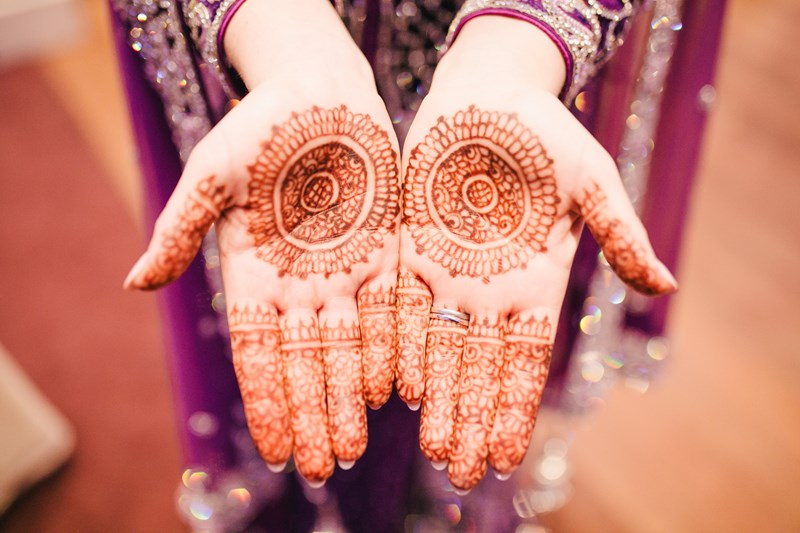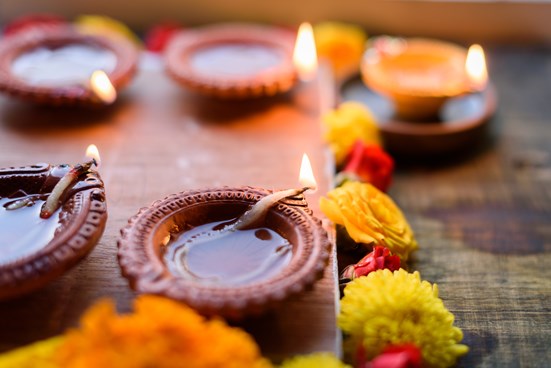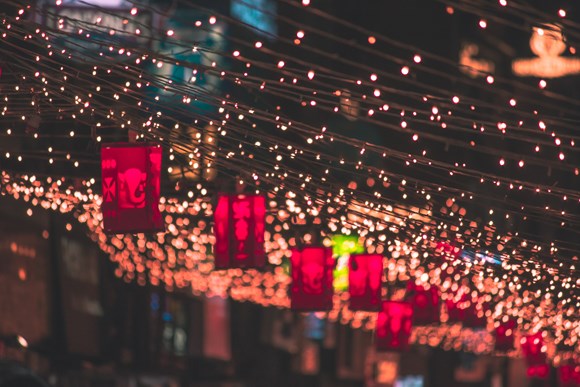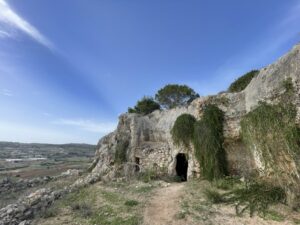What you need to know before celebrating Diwali in India

By Daniel Mackrell on 18 October 2019
Diwali is the biggest festival in India each year, and it sees the streets light up with candles, lanterns and fireworks.
It is an annual tradition that is celebrated across the country and other parts of the world by Hindus, as well as people from other religions such as Sikhism, Jainism, and Buddhism. It is a five-day event that is known as the festival of lights, and in Hinduism it is one of their biggest religious events of the year.
It is also known as Deepavali and is held in autumn each year, but the exact dates change depending on the Indian lunar calendar. Indians around the world celebrate the festival, including across the UK, but if you are keen to experience Diwali in its entirety, then India is the place to go.
The religious holiday symbolises light’s victory over darkness and the victory of good over evil. It is a celebration of the return of Lord Rama and his wife Sita, who arrive back to their kingdom of Ayodhya after defeating the demon Ravan.
It is a good time of the year to go to India, as it gives tourists a good insight into the country’s culture and history. Visitors are encouraged to join in with locals and enjoy the many light displays that can be seen in many cities and villages.
How to celebrate Diwali in India
Across India Diwali can be observed in various ways depending on where you visit, as different towns and villages have their own ways of enjoying the event, but many of the main traditions remain the same. Locals use oil lamps to decorate their homes with light, while fireworks and firecrackers are lit across the five days.
Like many religious festivals, food is also a highlight, and during Diwali some of most notable snacks are the sweets. Some popular snacks include halwa, which is made from carrot or pumpkin and cooked with sugar, milk and grated vegetables, and many Indian homes will also be eating samosas, chirote and karanji.
There is also barfi, which is a kind of fudge, and gulab jamun which are deep-fried dough balls coated in a sticky, sweet syrup.

The size of the celebrations in India make Autumn a popular time for tourism, and this often means that booking tickets and hotels early can be useful if you want to get the most out of the experience. There is plenty that you can do while you are there to partake in the festivities, and it can be even more eventful if you manage to visit the home of a local family celebrating Diwali.
Temples across the country hold their own rituals and they often have candles and traditional foods on offer for people who attend. Each night visitors will also see crackers and rockets in the sky, while the days are filled with theatrical performances, as well as new movie releases that include English subtitles for tourists to enjoy.
Local restaurants and markets are also a big part of the celebration, while you can also attend fairs and buy handcrafted goods in some of the larger towns. Many tourists and locals also choose to get mehndi designs drawn onto their hands, which is known as henna tattoos in the UK. It is a form of body art that has a long history dating back to ancient India.


What do the five days of Diwali mean?
The festival of light is spread out across five days, and each one is observed in a slightly different way.
Dhanteras is the first day and marks the begging of the celebrations, and it is usually when families prepare their homes for the remainder of the festival by cleaning them. They also decorate the entrance of their homes with lights and traditional motifs. Many Hindus also use this day to purchase new items like gold and silver, with it considered to be good luck.
Naraka Chaturdashi is the name of the second day, although its name can vary in different parts of India. Fireworks and firecrackers are often set off in the evening, while effigies of the demon are burnt. It relates to the story of Lord Krishna defeating the demon Narakasura.
Lakshmi Puja is the main day of the festivities, and once again fireworks are let off across the country. Many locals also light clay lamps and candles which are placed around the house to represent light overcoming dark. They also open their windows and doors to welcome Lakshmi, the goddess of wealth, into their homes. In most regions in India, this day represents the last day in the Hindu calendar.
The fourth day of Diwali is Bali Pratipada or Annakut, and many people carry out worship rituals to King Bali, which includes an offering to him. The hope is that it helps him keep the negative energy under control. More lamps are lit as part of the festival, and another common practice is to worship the mountain Govardhan.
The final day of the festival is Bhai Dooj, and the day has a focus on siblings. Traditionally brothers vow to protect their sisters, while the sisters pray to God for the health of their brothers. There are also big feasts and exchanging of presents as the annual festival comes to an end.
← Short family breaks to go on during October half term







